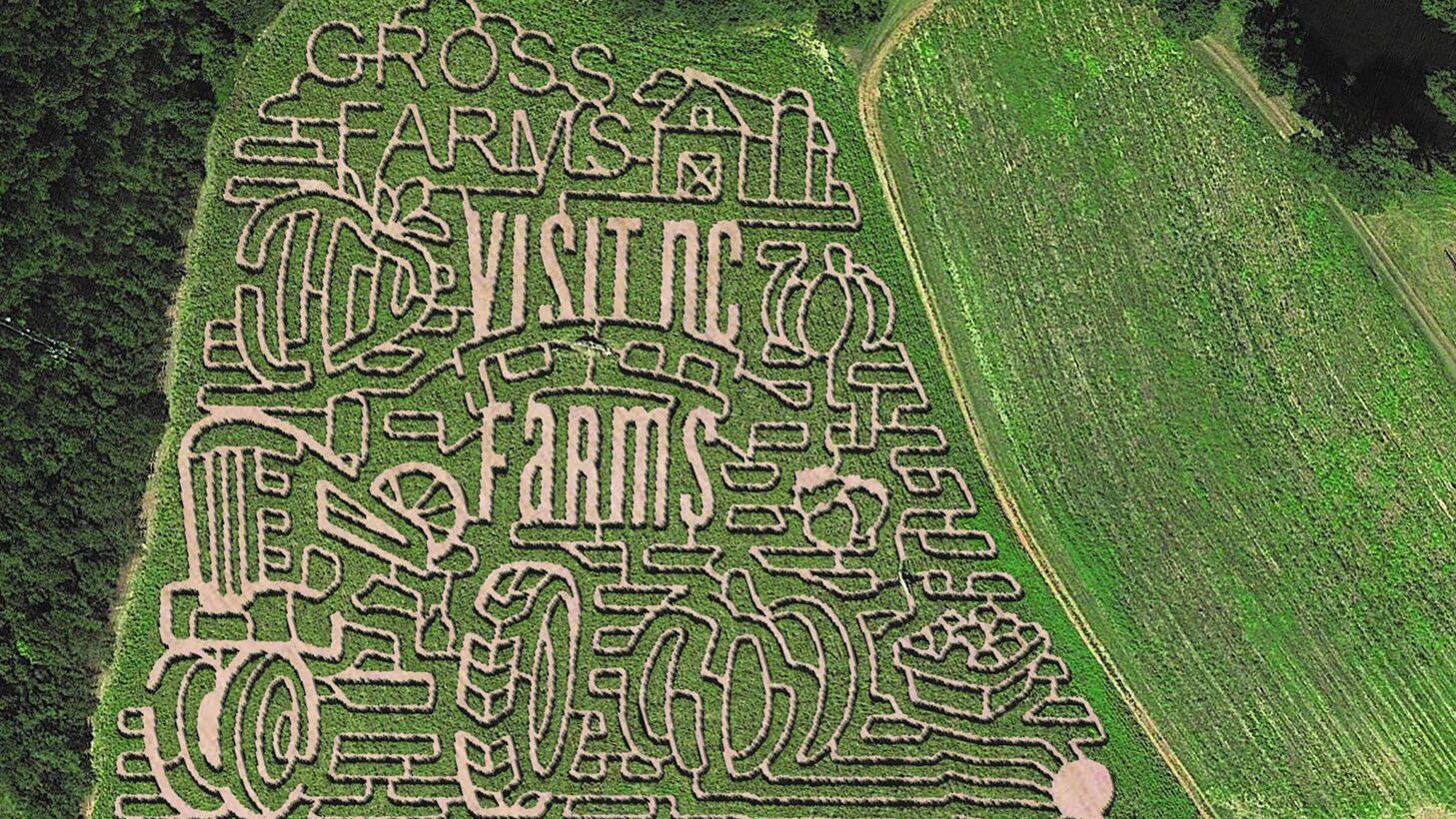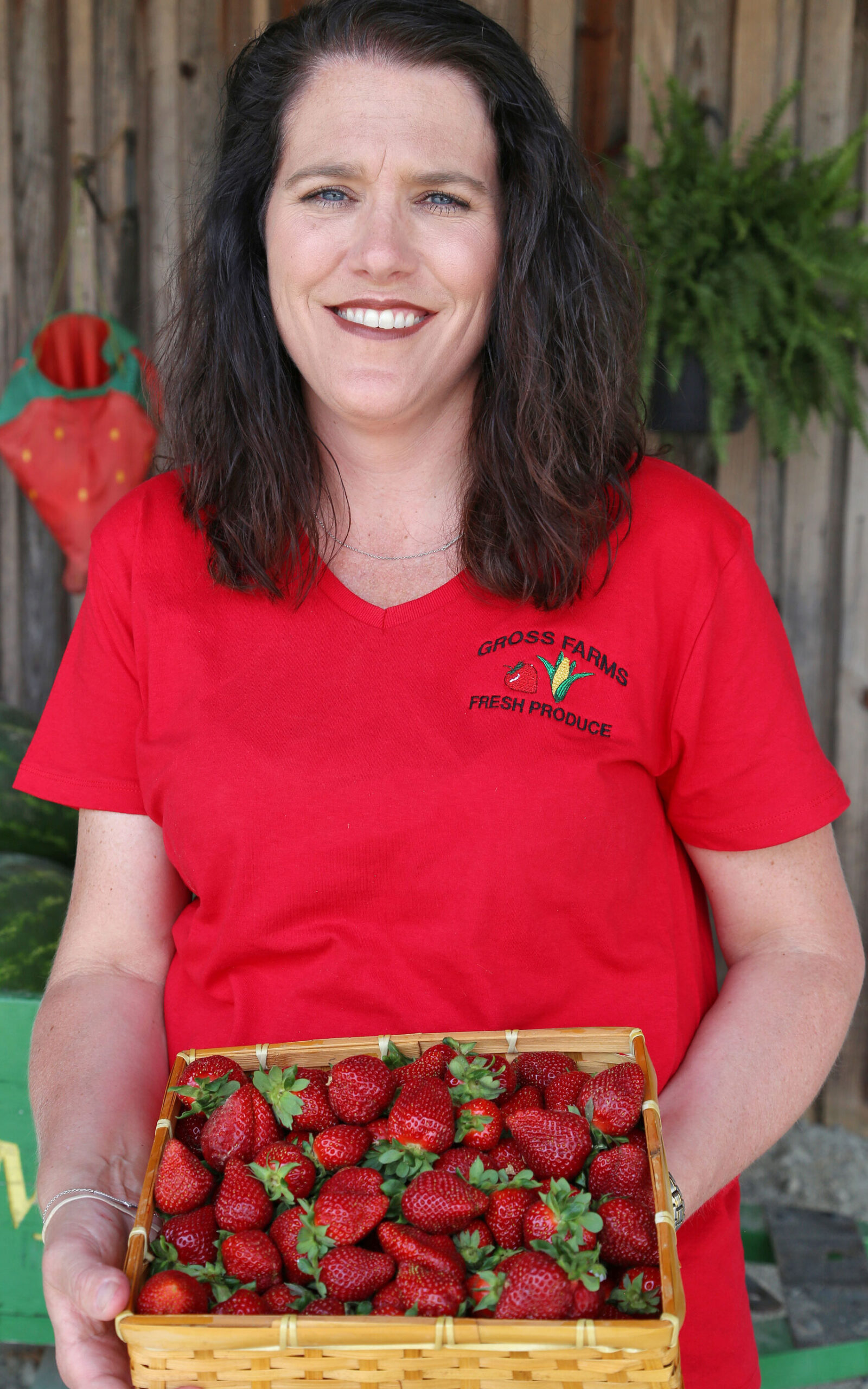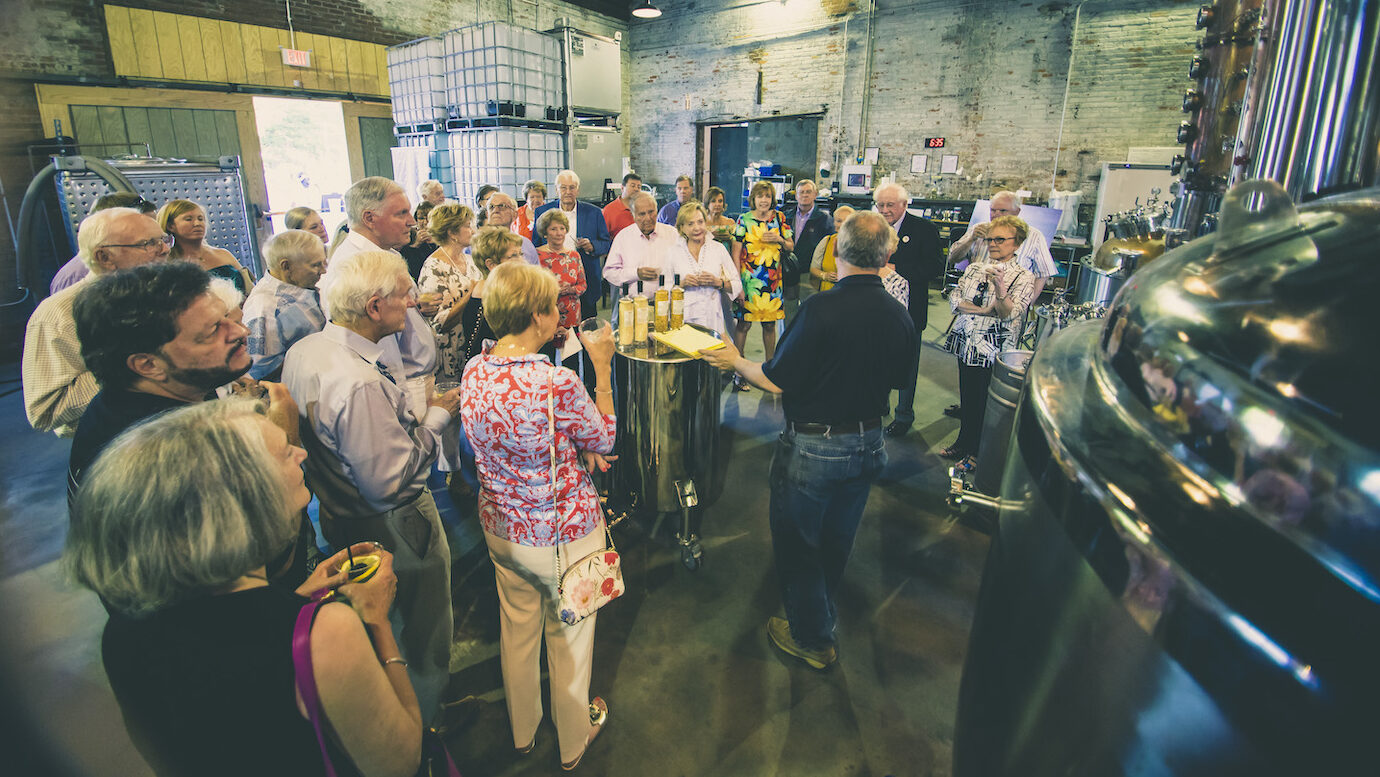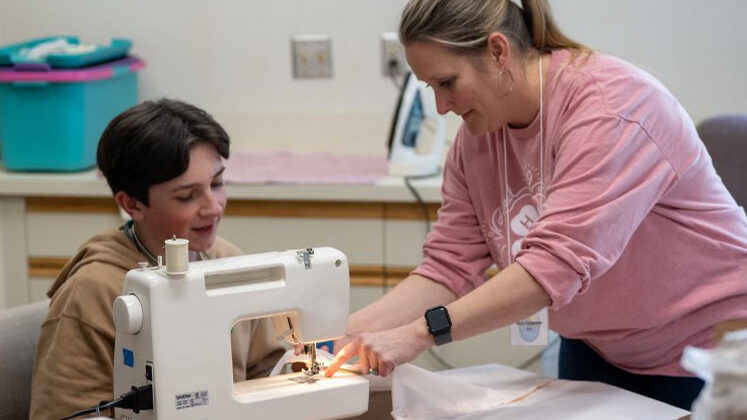By Farmers, For Everyone
Agritourism attractions can generate income for farmers, boost rural economies and cultivate relationships with North Carolinians statewide, including those unfamiliar with farming. Find out how a sixth-generation farm brings visitors to Sanford.

Diversification is more critical for farmers than ever before. Adding agritourism activities can generate additional farm income, boost rural economies and cultivate relationships with North Carolinians statewide, including those unfamiliar with farming. In addition to seasonal favorites like pumpkin patches and pick-your-own operations, savvy farmers are creating one-of-a-kind venues and experiences.
Farm agritourism revenue tripled in the United States between 2002 and 2017. Though small relative to total farm revenue, agritourism income helps both family farms and the surrounding communities.
“Agritourism is not for every farmer,” says Carla Barbieri, NC State Extension specialist and agritourism researcher in the College of Natural Resources. “But for farmer-entrepreneurs, it’s a great option to try something new. It’s an opportunity to regenerate and keep your farm alive.”
For agritourism to work, it’s got to be truly genuine.
Some farms repurpose existing resources to support direct sales and agritourism activities. That may consist of converting an old tobacco barn into a gift shop carrying jams made from the farm’s fruit, like the one on Gross Farms outside of Sanford, North Carolina.
“The key is open-mindedness and realizing what skill sets you have within your family,” says Tina Gross, former president of the North Carolina Agritourism Networking Association and business manager of Gross Farms. “You can’t put all your eggs in one basket.”

Gross Farms, now run by the sixth generation of the family, diversified their row crop operation of tobacco, soybeans, rye and corn, adding strawberries and pumpkins in 2000. In addition to pick-your-own activities and the barn shop, Gross Farms has an annual corn maze, pumpkin patch, hayrides and children’s play area.
Gross runs the agritourism and business end of the farm while her husband John, sons Cody and Colton, and son-in-law, Wesley, farm the land and tend the crops. Her daughter MaKayla, a CALS crop science alumna who works full time with AgCarolina Farm Credit, joins younger sister Kassidy at busy times to help with social media, marketing, special projects and event planning. During the six-week peak season in the fall, the Gross family spouses, siblings, aunts, uncles, cousins and family friends all get involved.
“For agritourism to work, it’s got to be truly genuine,” Gross explains. “We’re an authentic working farm, and we provide an experience that appeals to visitors’ senses. When they smell or see a strawberry, it brings back the memory of our farm.”
A statewide study by Barbieri and her colleagues revealed that after visiting a farm, consumers increased their appreciation for local food and were willing to pay more for it.
“We saw a 5% to 20% increase in likelihood to purchase local foods even if they were more expensive,” Barbieri says. “When they see the family farm label in the store, they will buy it because they have been there. That’s huge for our state’s economy and local food systems.”
Full Integration
While Barbieri describes North Carolina agritourism as mature, there is room for more integration with farms, communities and consumers.
Gross sees an example of that in Sanford, a 30- to 45-minute drive from the Triangle. Her customers are daytrippers wanting an escape from urban living.
“Visitors come here not just to experience pick-your-own at our farm, but to eat at local restaurants and attend festivals in our small town centered around produce and live music,” Gross explains.
Advanced agritourism engages the whole community, Barbieri says. “Everybody related to overall local food production, such as farmers, chefs and bakers, is involved. All of those local experiences integrate into one product for consumers, giving them a reason to visit and come back.”
“No matter where you go, you will find some sort of agritourism, but the experience is different in each farm,” Barbieri explains.
If you’re in California’s Napa Valley, agritourism looks like winery tours and a chef-prepared meal with a wine pairing menu. In Texas, it may be staying on a dude ranch and roping cattle. In New England, think glamping in a maple grove and tasting unique cheese from dairy farms. And North Carolina has a wide spectrum of agritourism experiences.
- Categories:


